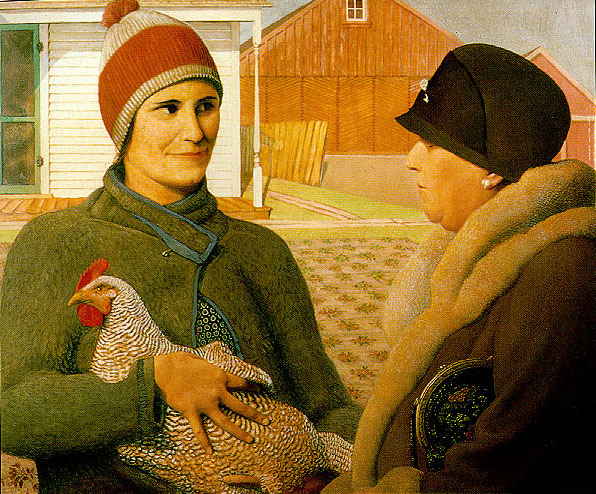American artists of the early 20th century sought to interpret the beauty, power, and anxiety of the modern age in diverse ways. Through depictions of bustling city crowds and breathtaking metropolitan vistas, 25 black-and-white prints on view in
The Urban Scene: 1920–1950 will explore the spectacle of urban modernity. Prints by recognized artists such as Louis Lozowick (1892–1973) and Reginald Marsh (1898–1954), as well as lesser-known artists including Mabel Dwight (1875–1955), Gerald Geerlings (1897–1998), Victoria Hutson Huntley (1900–1971), Martin Lewis (1881–1962), and Stow Wengenroth (1906–1978), are included in this exhibition.
The Urban Scene will be on view in the West Building from February 26 through August 6, 2017.
"During the past decade the Gallery has acquired extraordinary groups of prints from the Reba and Dave Williams Collection, the Corcoran Collection, and the collection of Bob Stana and Tom Judy," said Earl A. Powell III, director, National Gallery of Art. "We are thankful for the generosity of these donors and for the opportunities that have allowed the Gallery's American print holdings to grow in both richness and depth."
The exhibition is organized by the National Gallery of Art, Washington.
The black-and-white prints that comprise
The Urban Scene, most of which were acquired in the last ten years, often highlight the unprecedented scale of urban architecture and the impact of industry and technology on city life. From one perspective, skyscrapers, bridges, and other technological marvels projected wealth, opportunity, and invoked the sublime, but from another these structures could be interpreted as blocking light, deepening shadows, heightening a sense of enclosure and confinement, and amplifying feelings of diminution and anonymity.
The artists featured in this exhibition chose their subjects, arranged their compositions, and scrutinized details to convey particular aspects of urban life. They used line to capture the specifics of a face or the idiosyncrasies of a building and manipulated tone to mimic the play of light. Employing precise detail and descriptive clarity to characterize experience, suggest meaning, and convey a narrative, certain elements were emphasized while others were minimized, resulting in images distilled to their narrative or atmospheric essence.
Exhibition CuratorThe exhibition is organized by Charles Ritchie, associate curator, department of modern prints and drawings, National Gallery of Art.
Martin Lewis
Quarter of Nine - Saturday's Children, 1929
drypoint on laid paper
plate: 25.1 x 32.7 cm (9 7/8 x 12 7/8 in.)
sheet: 34 x 45.7 cm (13 3/8 x 18 in.)
National Gallery of Art, Washington, Gift of Addie Burr Clark
Mabel Dwight
The Clinch, 1928
lithograph
image: 230 x 297 mm
sheet: 291 x 407 mm
National Gallery of Art, Washington, Reba and Dave Williams Collection, Gift of Reba and Dave Williams
Paul Cadmus
Shore Leave, 1935
etching in black on laid paper
image: 25.4 x 28.26 cm (10 x 11 1/8 in.)
plate: 26.35 x 29.53 cm (10 3/8 x 11 5/8 in.)
sheet: 33.97 x 38.1 cm (13 3/8 x 15 in.)
National Gallery of Art, Washington, Reba and Dave Williams Collection, Florian Carr Fund and Gift of the Print Research Foundation
Reynold Weidenaar
Locomotive Shops, 1947
etching and aquatint
unframed: 12 7/8 x 16 7/8 in. (32.7 x 42.86 cm)
National Gallery of Art, Washington, Corcoran Collection (Bequest of Frank B. Bristow)
War Bulletins, c. 1942
wood-engraving
Image: 155 x 230 mm
Sheet: 257 x 290 mm
National Gallery of Art, Washington, Reba and Dave Williams Collection, Gift of Reba and Dave Williams
Benton Murdoch Spruance
The People Work - Evening, 1937
lithograph in black
image: 34.61 x 48.26 cm (13 5/8 x 19 in.)
sheet: 40.64 x 58.1 cm (16 x 22 7/8 in.)
National Gallery of Art, Washington, Rosenwald Collection Reginald Marsh
Tattoo-Shave-Haircut, 1932
etching and engraving
unframed: 10 x 9 1/2 in. (25.4 x 24.13 cm)
National Gallery of Art, Washington, Corcoran Collection (Gift of Olga Hirshhorn)
File Name: 4842-010.jpg
Adolescence, 1943
lithograph
Image: 471 x 245 mm
Sheet: 592 x 370 mm
National Gallery of Art, Washington, Reba and Dave Williams Collection, Gift of Reba and Dave Williams
Clare Leighton
Breadline, New York, 1931
wood engraving
Image: 298 x 200 mm
Sheet: 444 x 293 mm
National Gallery of Art, Washington, Reba and Dave Williams Collection, Gift of Reba and Dave Williams
Victoria Hutson Huntley
Lower New York, 1934
lithograph in black on wove paper
image: 25.72 x 34.61 cm (10 1/8 x 13 5/8 in.)
National Gallery of Art, Washington, Gift of Bob Stana and Tom Judy ![]()
Martin Lewis
Building a Babylon, Tudor City, N.Y.C., 1929
etching, drypoint
overall: 32.7 x 20 cm (12 7/8 x 7 7/8 in.)
National Gallery of Art, Washington, Gift of Bob Stana and Tom Judy
Millard Owen SheetsFamily Flats, 1935
lithograph
image: 390 x 567 mm
sheet: 457 x 617 mm
National Gallery of Art, Washington, Reba and Dave Williams Collection, Gift of Reba and Dave Williams
Lawrence Edward Kupferman
Victorian Mansion, 1938
drypoint in black on laid paper
plate: 35.72 x 32.54 cm (14 1/16 x 12 13/16 in.)
sheet: 38.89 x 35.4 cm (15 5/16 x 13 15/16 in.)
National Gallery of Art, Washington, Reba and Dave Williams Collection, Gift of Reba and Dave Williams
Martin Lewis
Yorkville Night, 1948
drypoint
sheet: 10 7/8 x 14 3/4 in. (27.62 x 37.47 cm)
image: 8 1/2 x 11 1/2 in. (21.59 x 29.21 cm)
National Gallery of Art, Washington, Corcoran Collection (Bequest of Frank B. Bristow)
Stow Wengenroth
Quiet Hour, 1947
lithograph
image: 8 3/4 x 15 in. (22.23 x 38.1 cm)
sheet: 11 1/16 x 17 11/16 in. (28.1 x 44.93 cm)
National Gallery of Art, Washington, Corcoran Collection (Bequest of Frank B. Bristow)
:
John Taylor Arms
West Forty-Second Street, Night, 1922
aquatint and etching in blue black and yellow on yellow laid paper
plate: 26.99 x 17.46 cm (10 5/8 x 6 7/8 in.)
sheet: 46.04 x 29.21 cm (18 1/8 x 11 1/2 in.)
National Gallery of Art, Washington, Donald and Nancy deLaski Fund
Armin Landeck
View of New York, 1932
lithograph in black on wove paper
image: 68.9 x 59.7 cm (27 1/8 x 23 1/2 in.)
sheet: 80 x 64.1 cm (31 1/2 x 25 1/4 in.)
National Gallery of Art, Washington, Reba and Dave Williams Collection, Gift of Reba and Dave Williams
Louis Lozowick
Allen Street, 1929
lithograph in black on wove paper
image: 19.1 x 28.5 cm (7 1/2 x 11 1/4 in.)
sheet: 28.2 x 40 cm (11 1/8 x 15 3/4 in.)
National Gallery of Art, Washington, Gift of Jacob Kainen
Gerald Kenneth Geerlings
Grand Canal, America, 1933
drypoint
Image: 304 x 227 mm
Sheet: 386 x 283 mm
National Gallery of Art, Washington, Reba and Dave Williams Collection, Gift of Reba and Dave Williams
Samuel Chamberlain
Manhattan, Old and New, 1929
drypoint
image: 219 x 173 mm
sheet: 332 x 258 mm
National Gallery of Art, Washington, Reba and Dave Williams Collection, Gift of Reba and Dave Williams
Asa Cheffetz
Monday (The American Scene), 1932
wood engraving on paper
overall: 17.78 x 25.4 cm (7 x 10 in.)
National Gallery of Art, Washington, Promised Gift of Bob Stana and Tom Judy
Howard Norton Cook
Looking up Broadway, 1937
lithograph
Image: 330 x 241 mm
Sheet: 450 x 315 mm
National Gallery of Art, Washington, Reba and Dave Williams Collection, Gift of Reba and Dave Williams
Isac Friedlander
3 A.M., 1934
etching on wove paper
plate: 24.13 x 39.69 cm (9 1/2 x 15 5/8 in.)
sheet: 32.07 x 46.67 cm (12 5/8 x 18 3/8 in.)
National Gallery of Art, Washington, Rosenwald Collection
Gerald Geerlings
Olympus (New York), 1929
drypoint in brown on blue laid paper
plate: 22.9 x 15.2 cm (9 x 6 in.)
sheet: 40.6 x 26.7 cm (16 x 10 1/2 in.)
National Gallery of Art, Washington, Reba and Dave Williams Collection, Gift of Reba and Dave Williams
Samuel L. Margolies
Men of Steel, c. 1939
drypoint
image: 378 x 300 mm
sheet: 476 x 381 mm
National Gallery of Art, Washington, Reba and Dave Williams Collection, Gift of Reba and Dave Williams
Robert Riggs
Germantown & Chelten, c. 1950
lithograph in black on wove paper
image: 35.56 x 51.12 cm (14 x 20 1/8 in.)
sheet: 40.64 x 58.1 cm (16 x 22 7/8 in.)
National Gallery of Art, Washington, Reba and Dave Williams Collection, Florian Carr Fund and Gift of the Print Research Foundation
Thomas Willoughby NasonLouisburg Square, 1930
wood engraving
Image: 176 x 201 mm
Sheet: 244 x 252 mm
National Gallery of Art, Washington, Reba and Dave Williams Collection, Gift of Reba and Dave Williams
Salvatore Pinto
Mills, c. 1937
wood engraving
image: 178 x 252 mm
sheet: 280 x 408 mm
National Gallery of Art, Washington, Reba and Dave Williams Collection, Gift of Reba and Dave Williams
Fermin Rocker
Subway Entrance, 1940
lithograph
Image: 265 x 404 mm
Sheet: 320 x 452 mm
National Gallery of Art, Washington, Reba and Dave Williams Collection, Gift of Reba and Dave Williams
Edward Arthur Wilson
Untitled (Laying Pipe in New York City), 1941
lithograph in black on wove paper
image: 27.94 x 33.02 cm (11 x 13 in.)
sheet: 34.29 x 48.9 cm (13 1/2 x 19 1/4 in.)
National Gallery of Art, Washington, Reba and Dave Williams Collection, Gift of Reba and Dave Williams
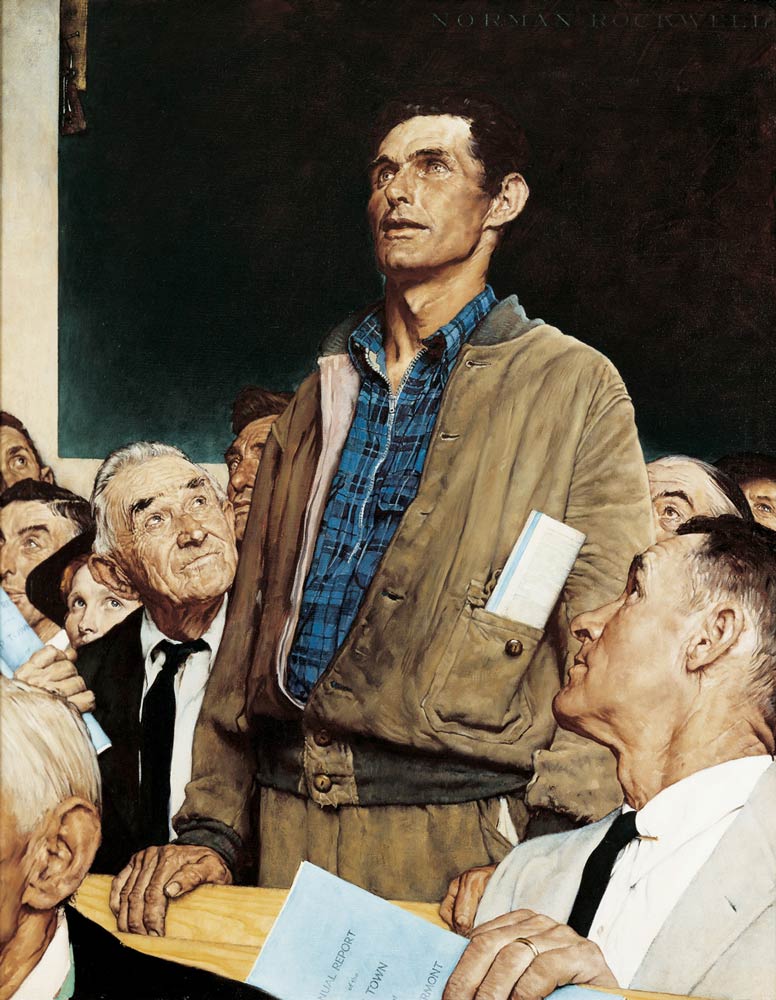
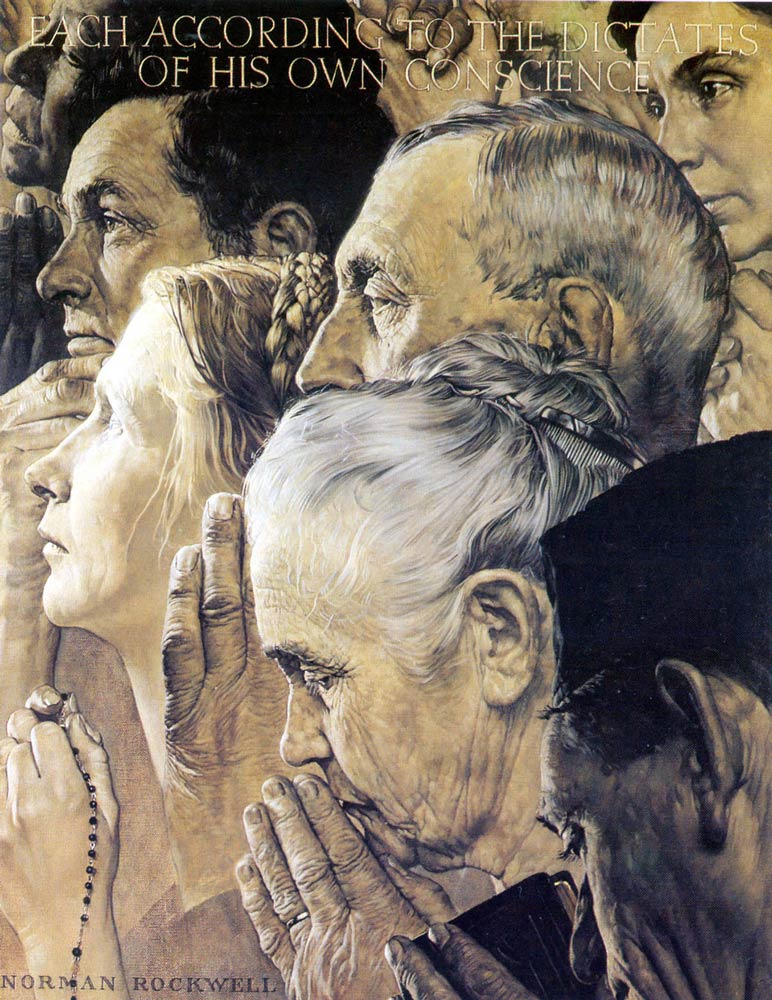

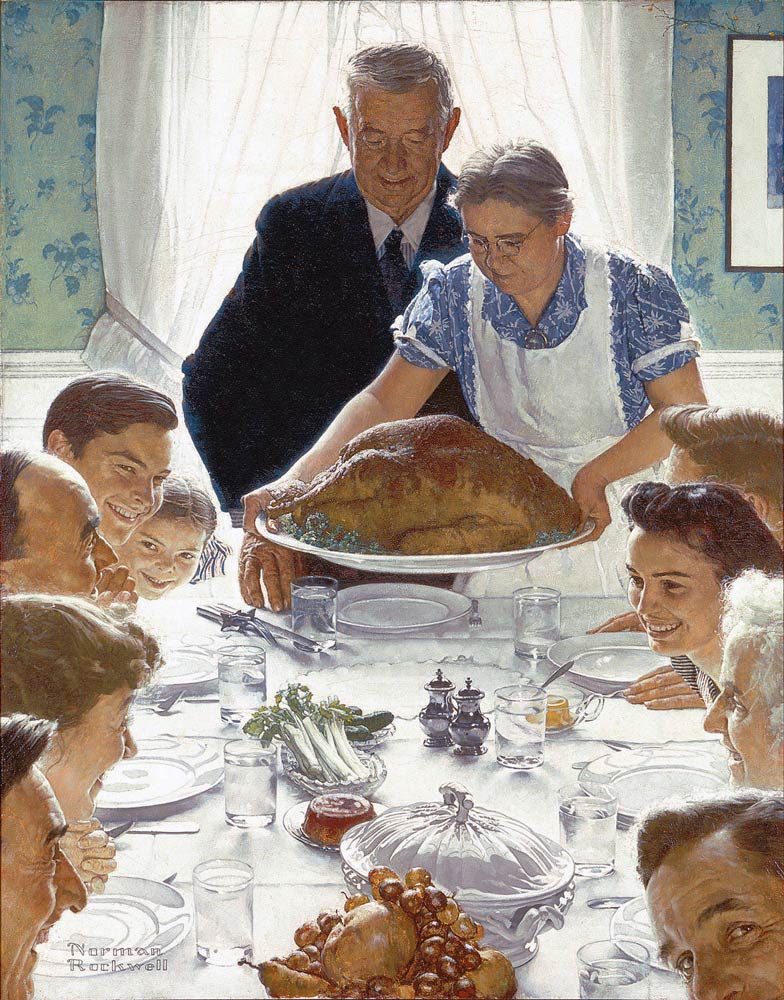





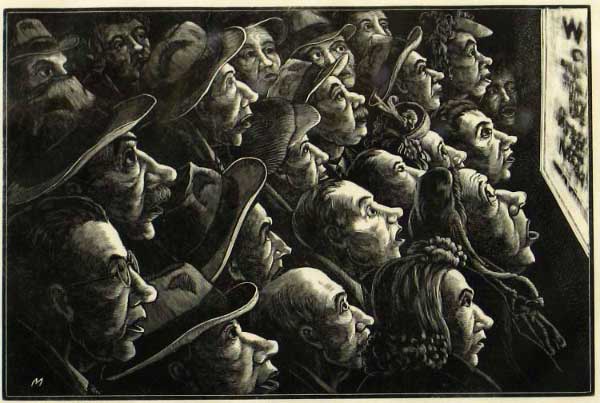


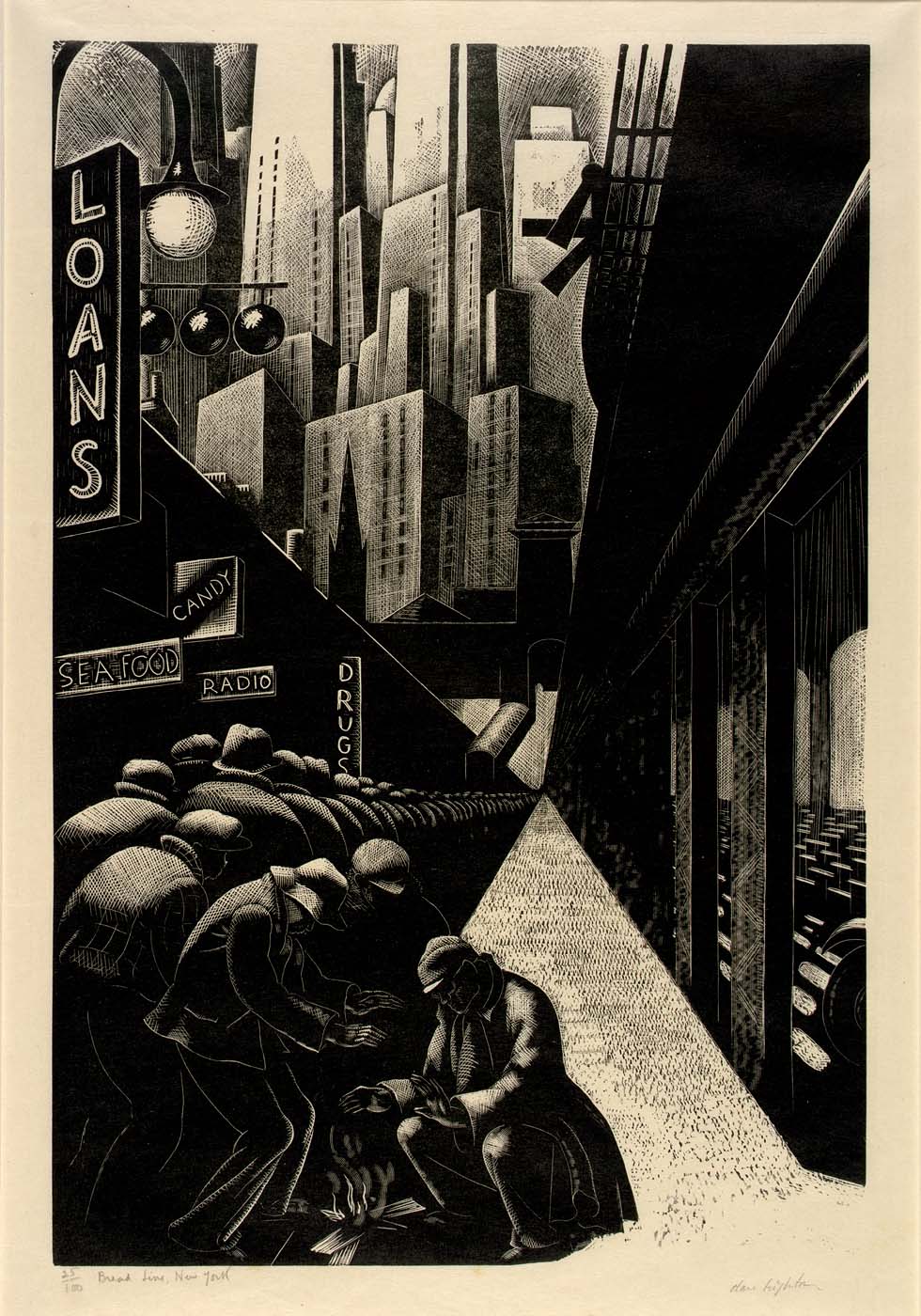


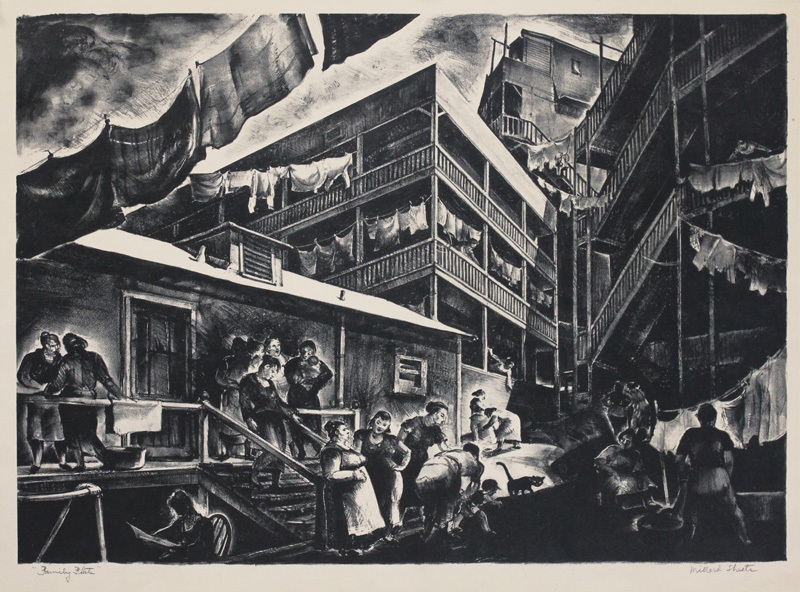






















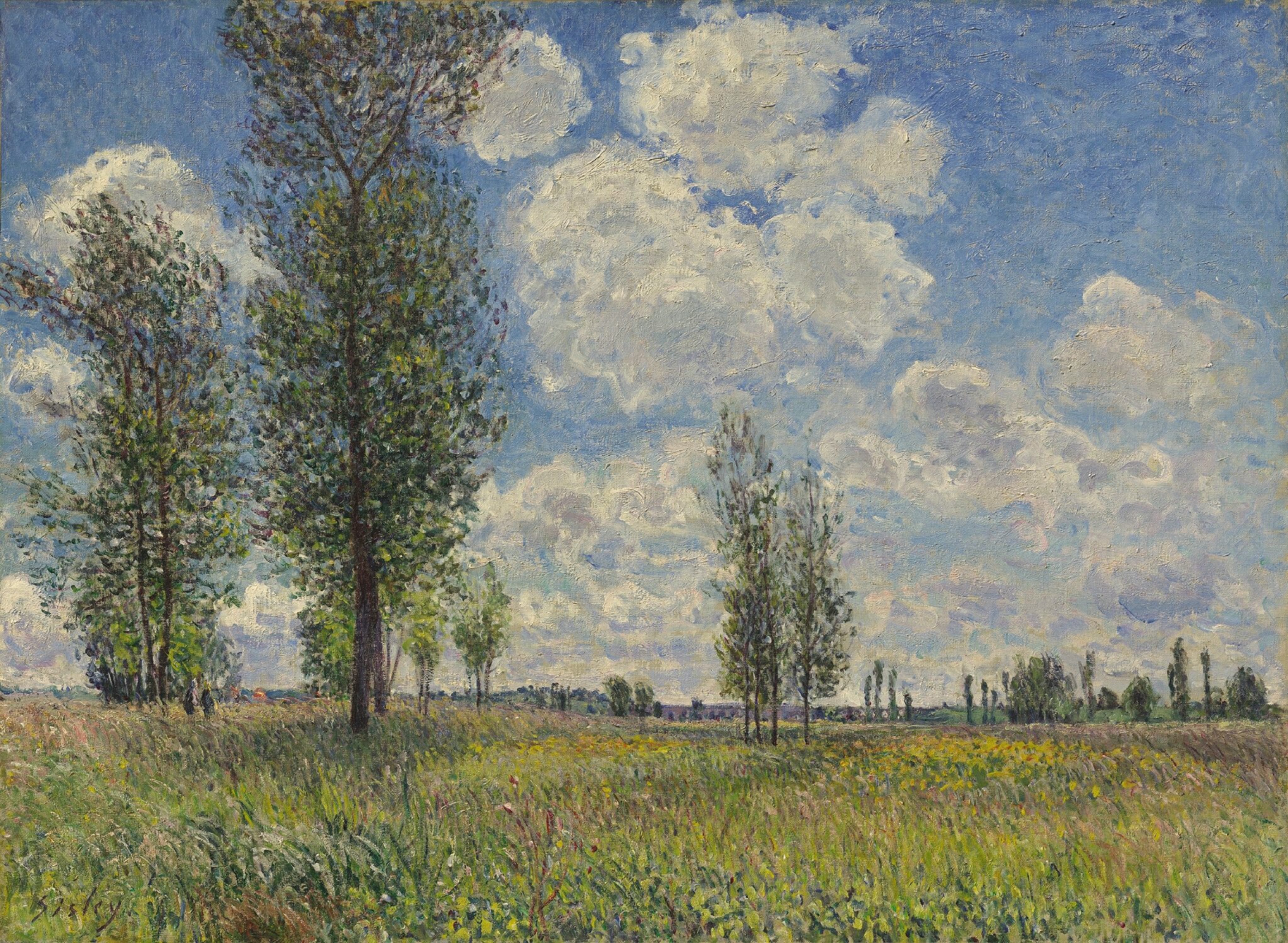
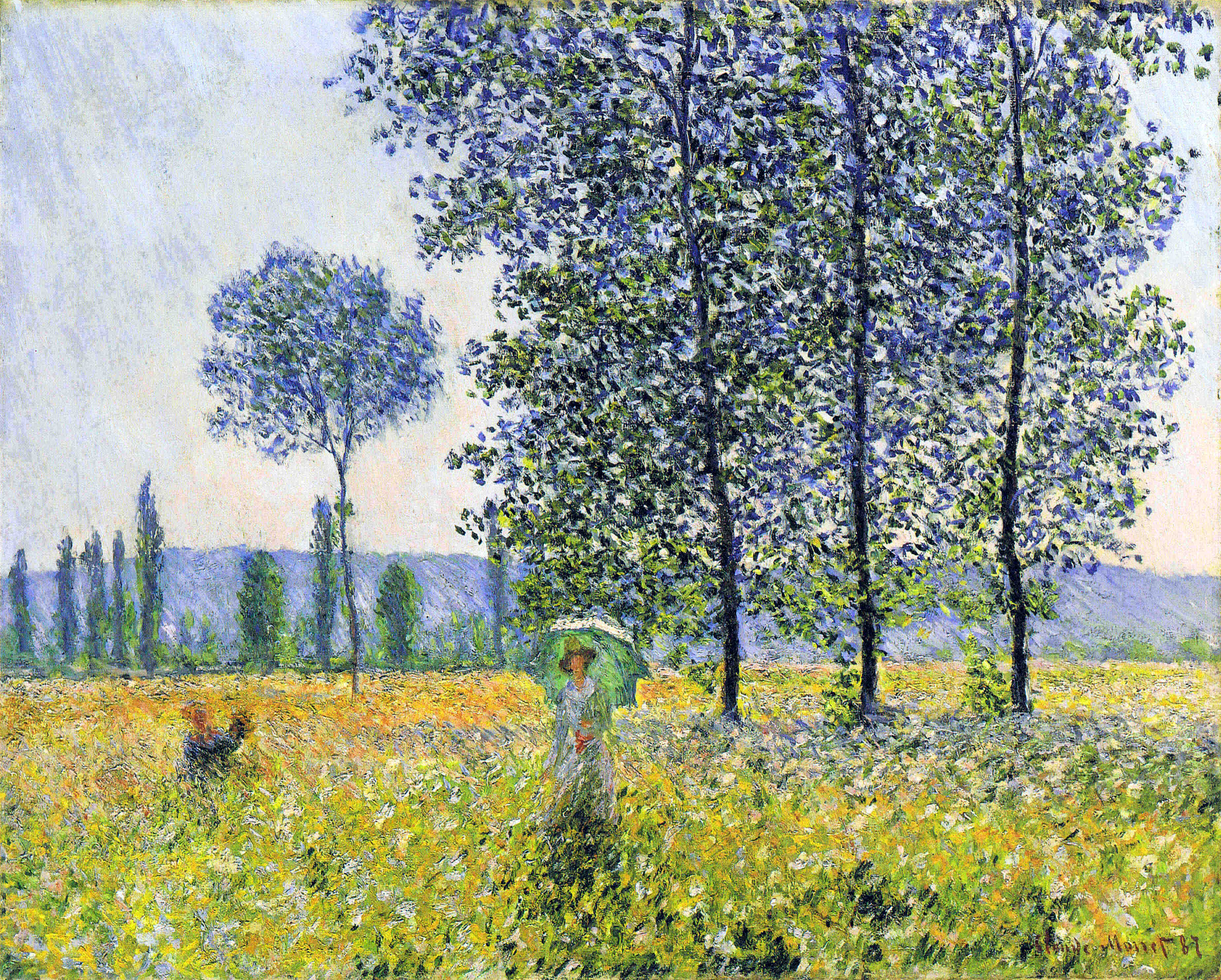








.jpg/701px-Edvard_Munch_-_Summer_night_by_the_beach_(1902-03).jpg)



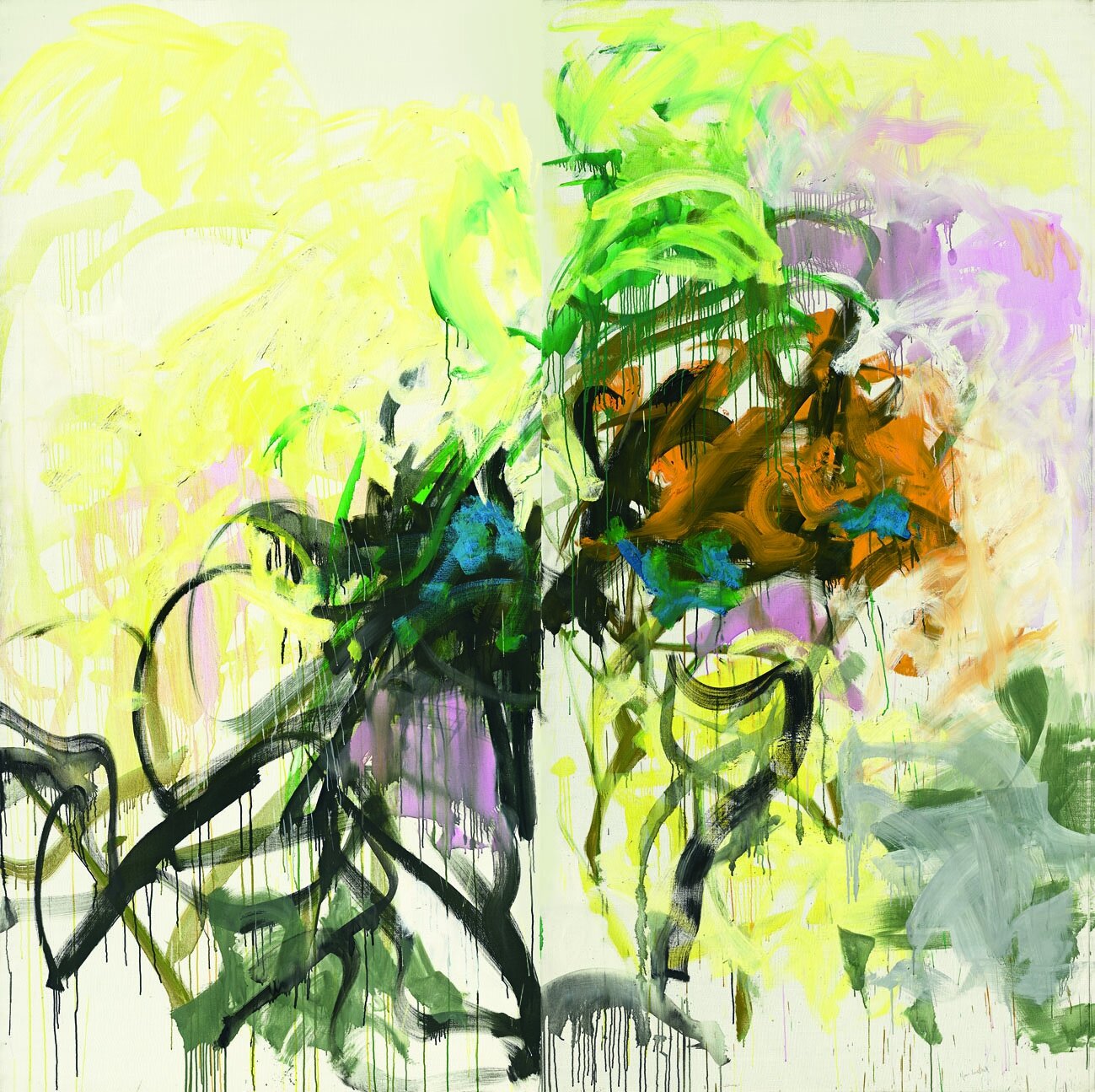







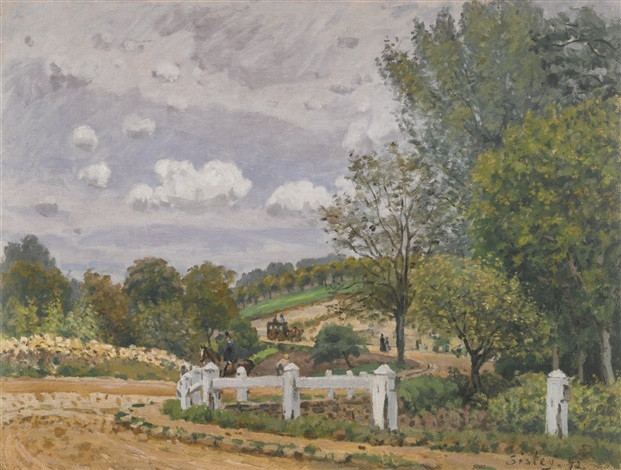



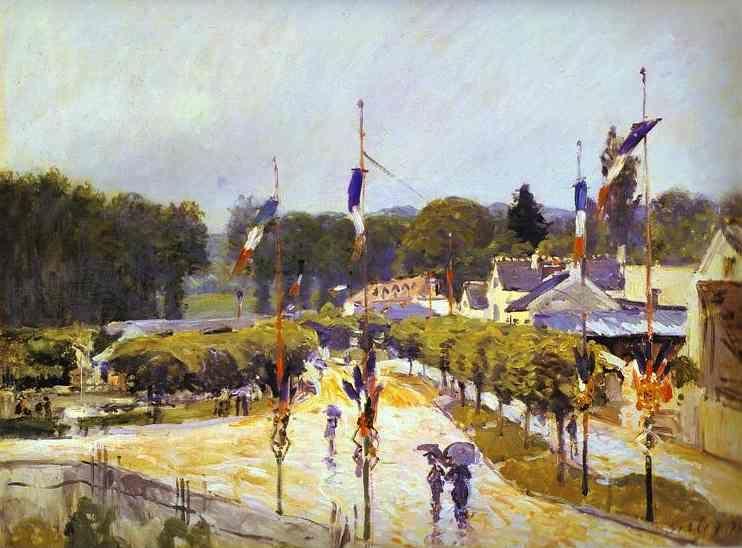







_-_Google_Art_Project.jpg)
























.jpg)
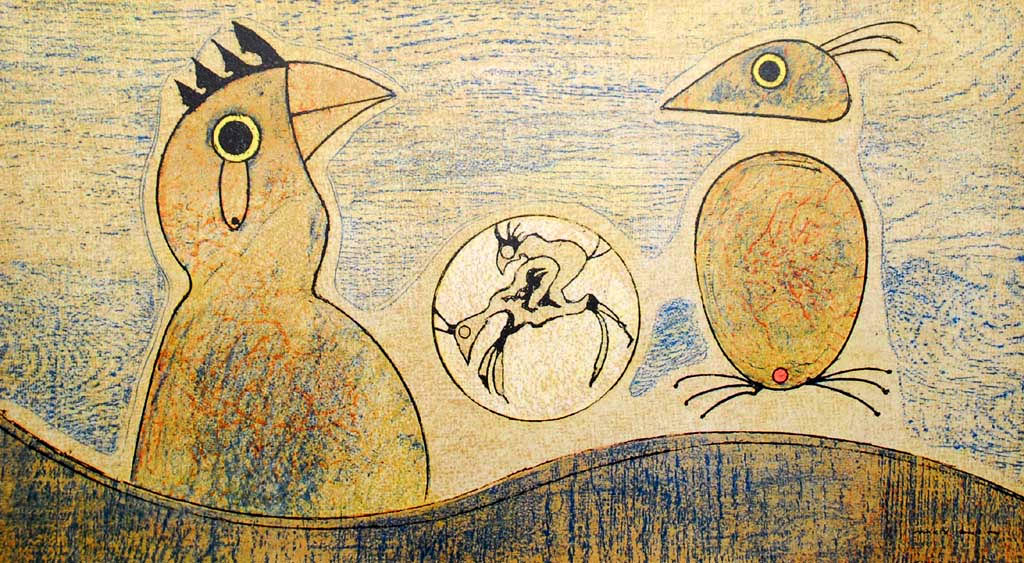
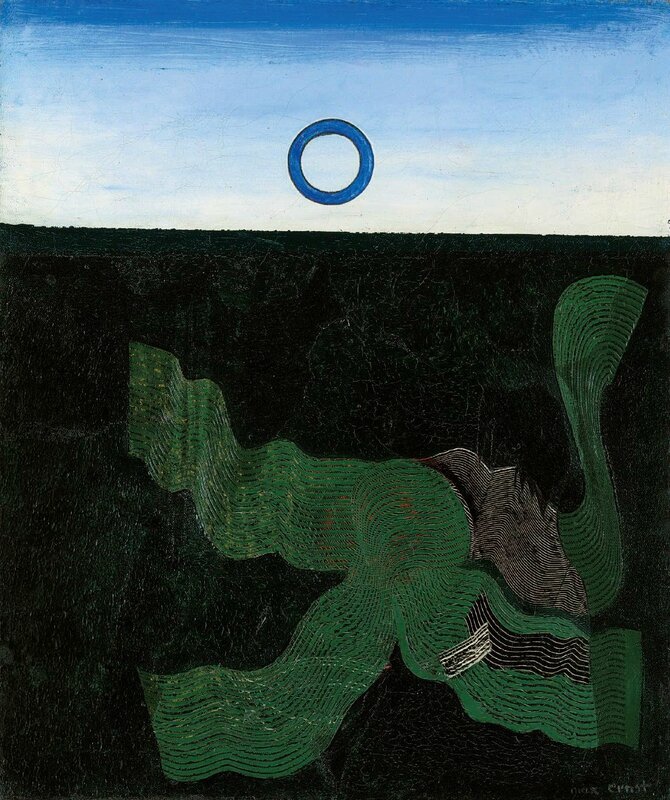
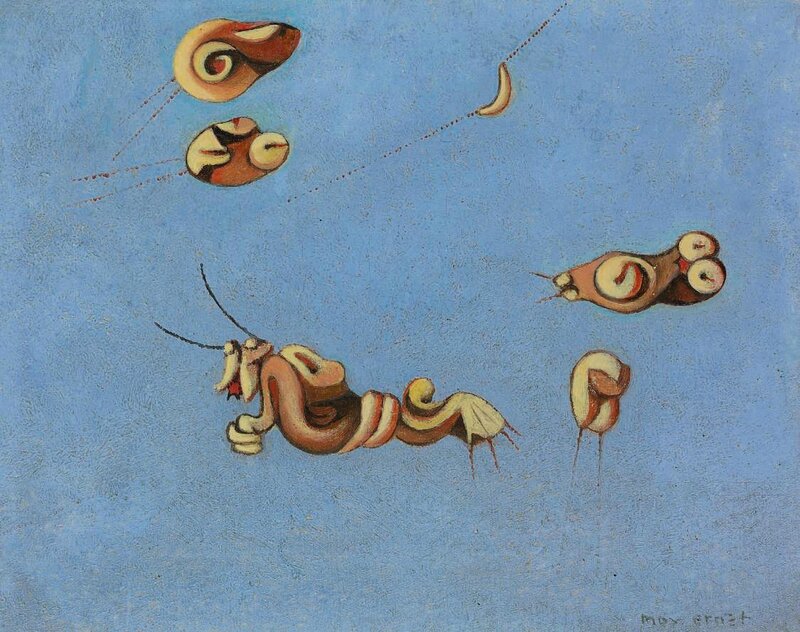
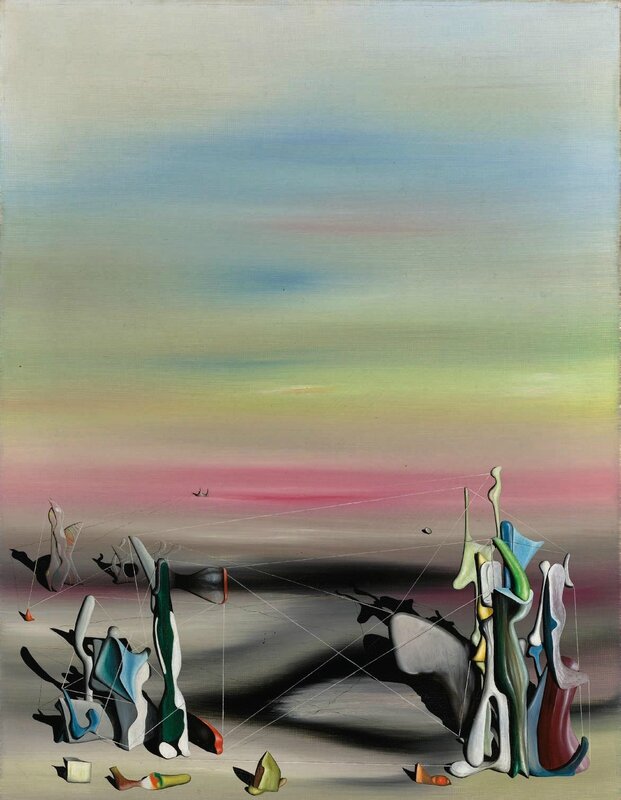































































































































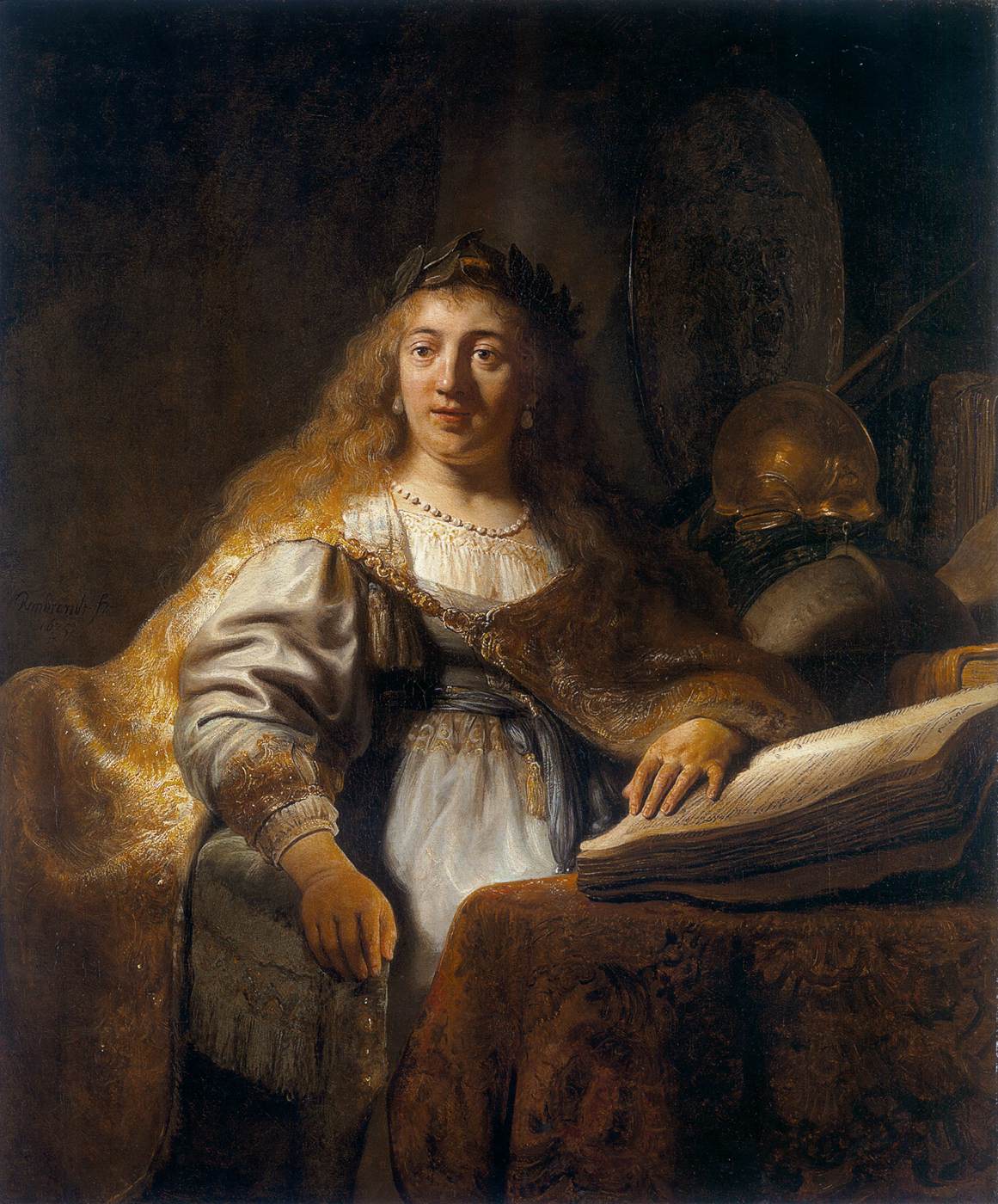




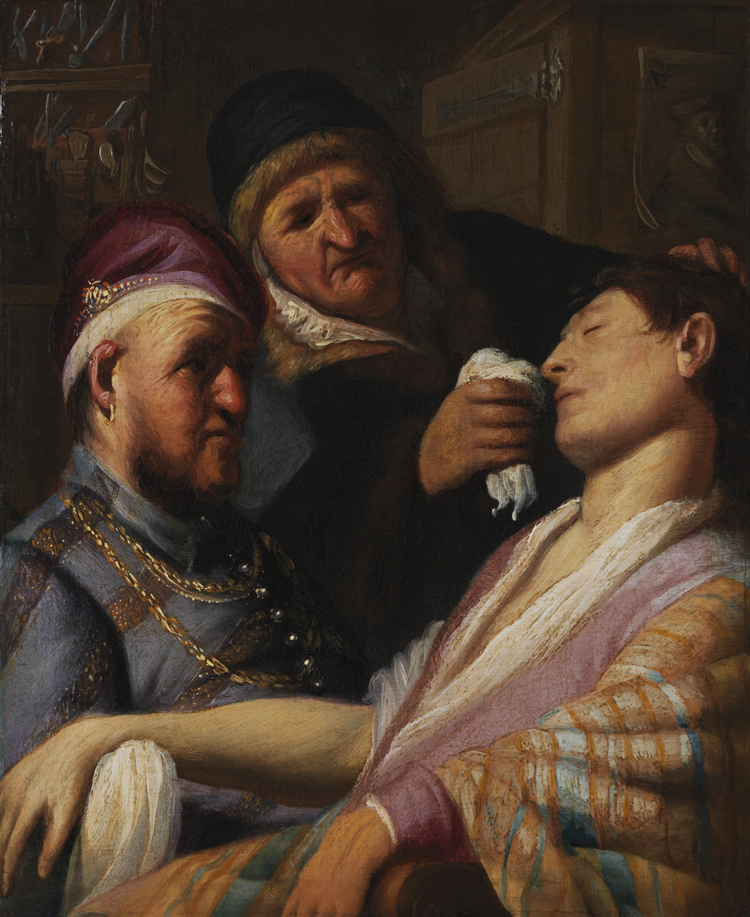
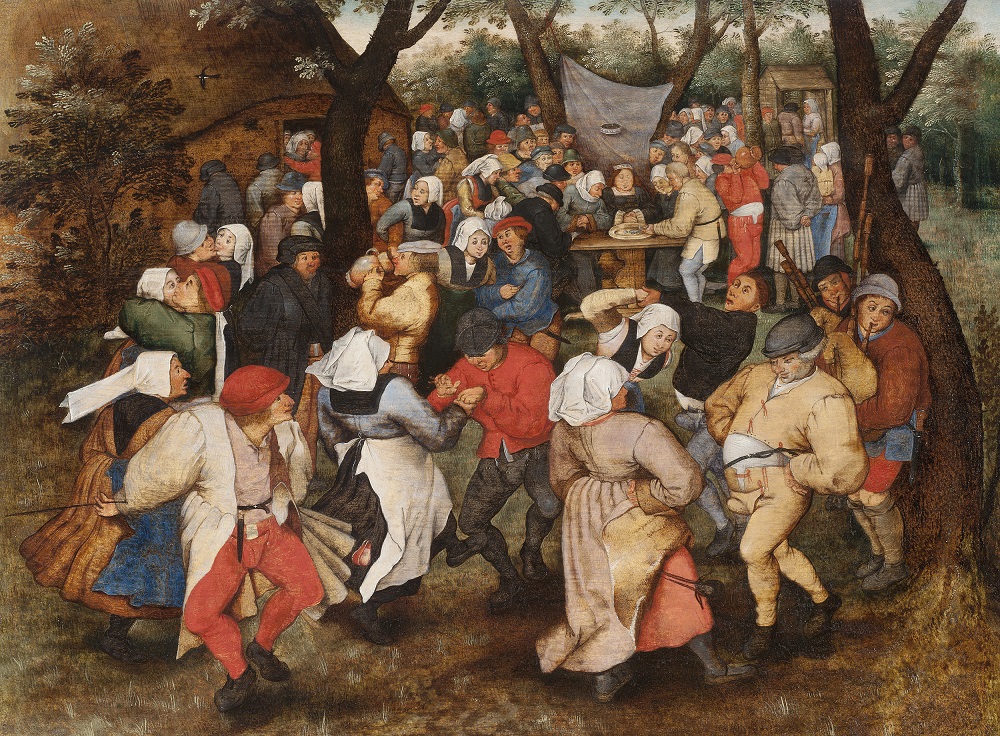

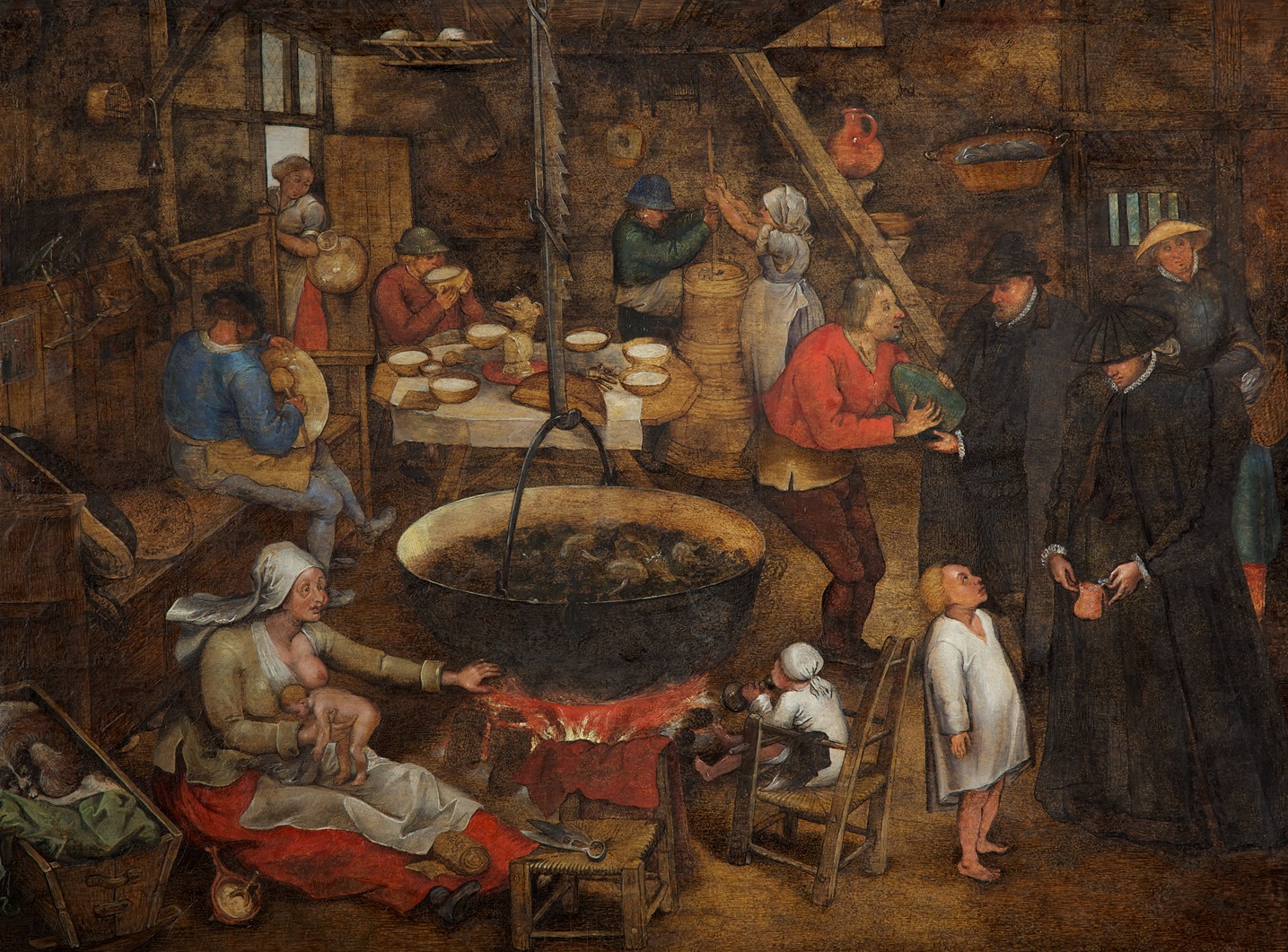
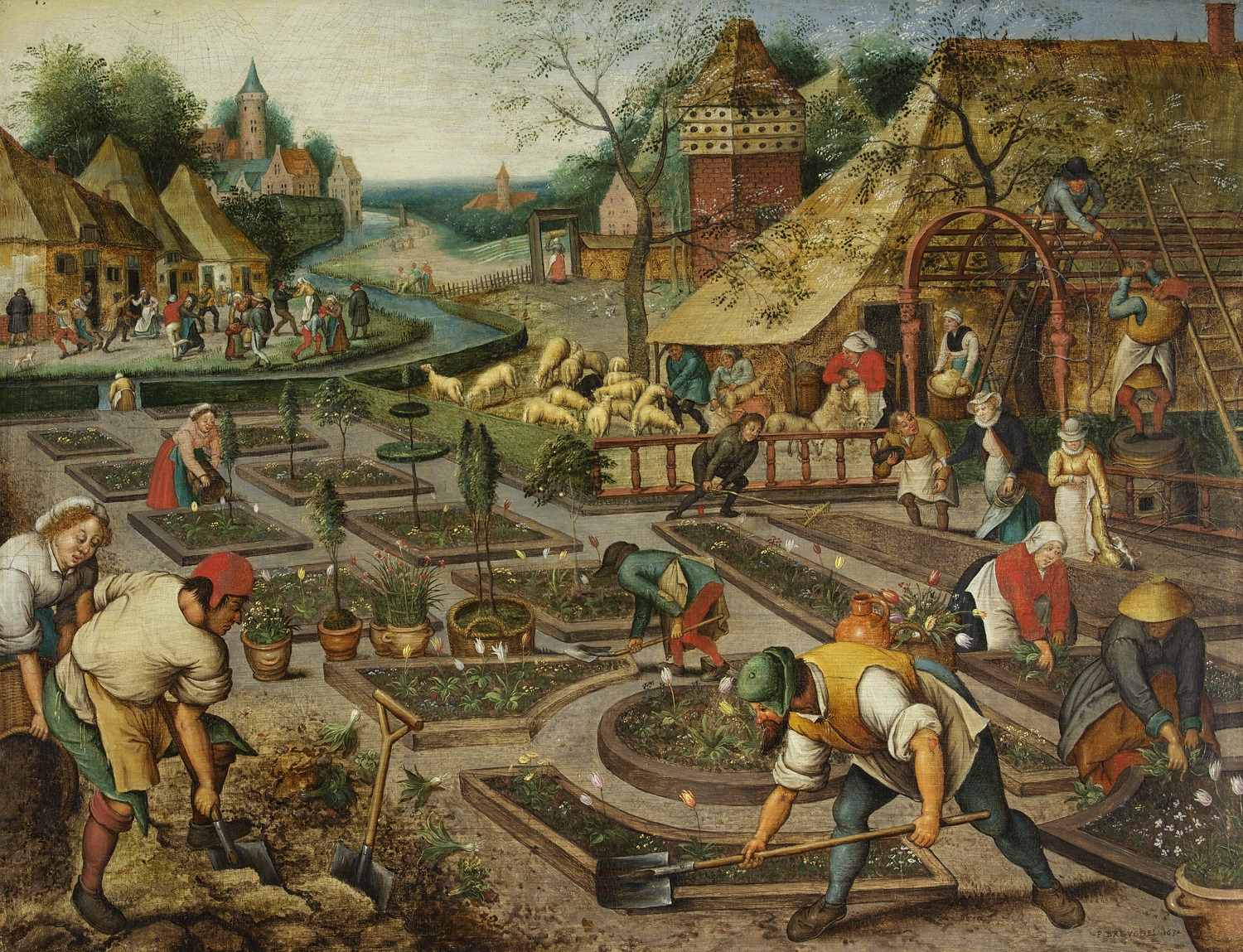
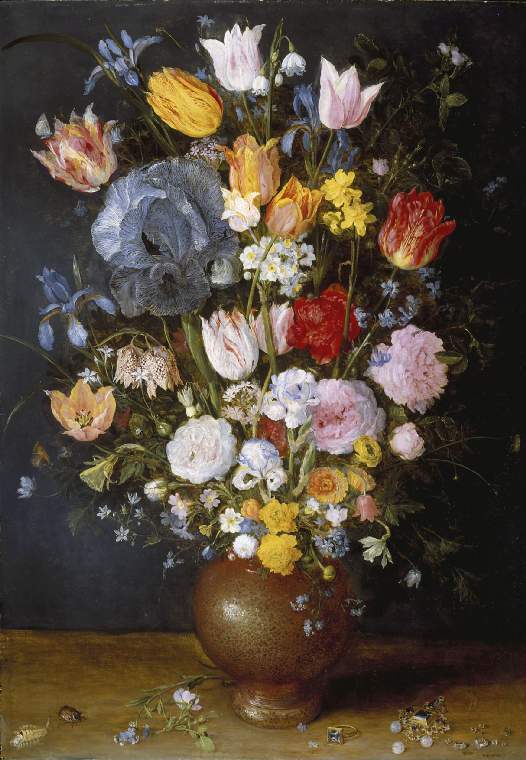
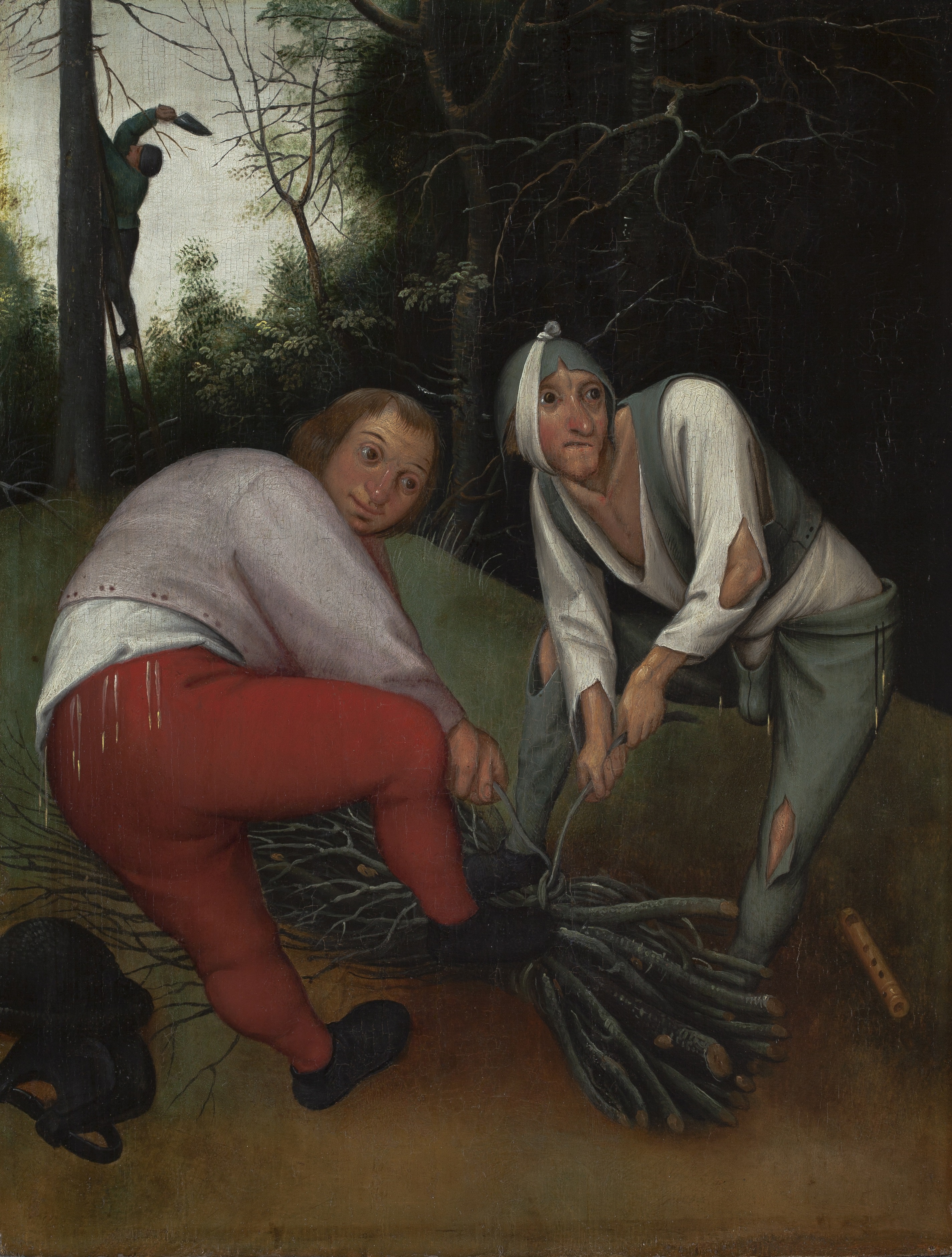


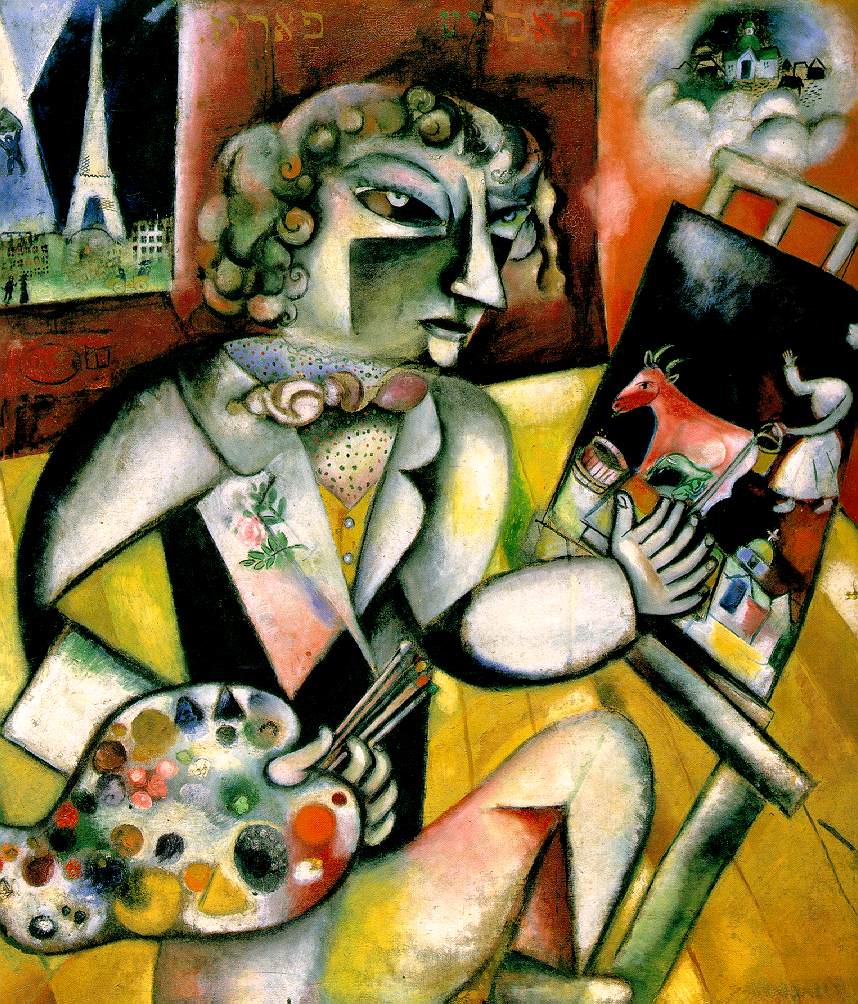







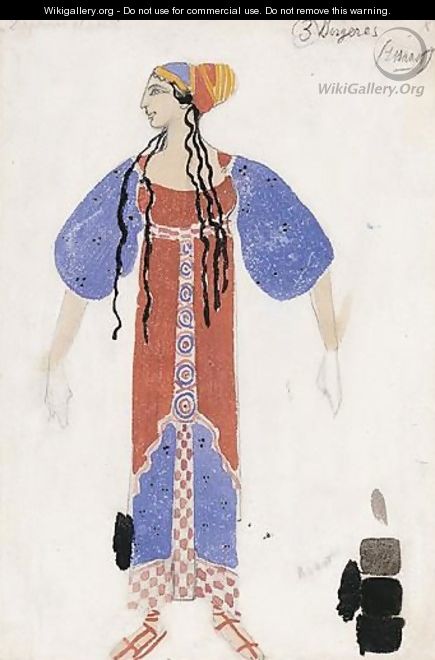


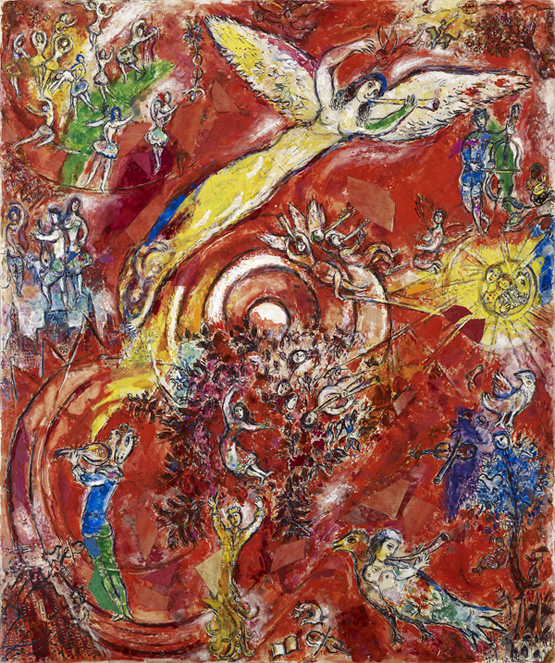










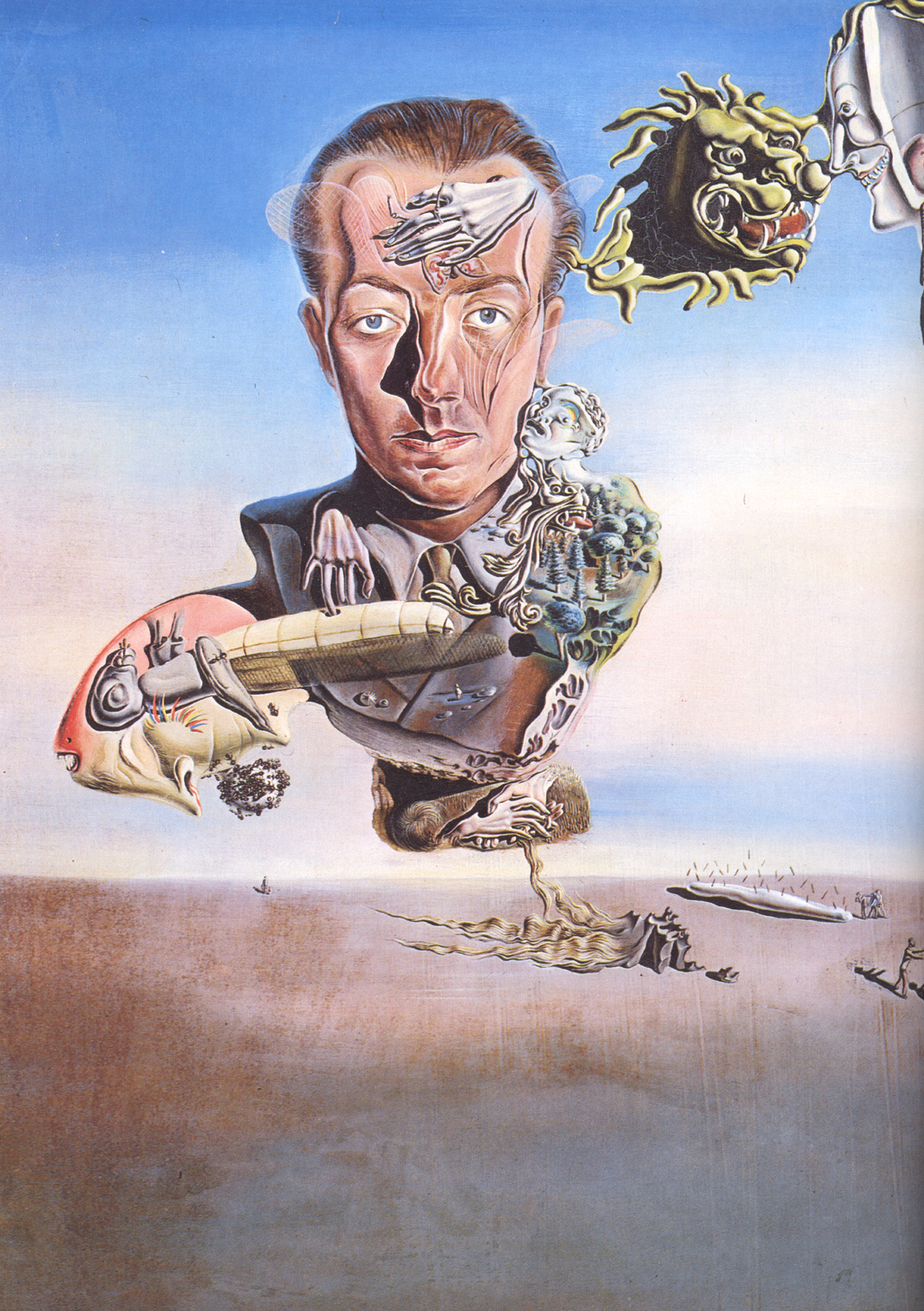








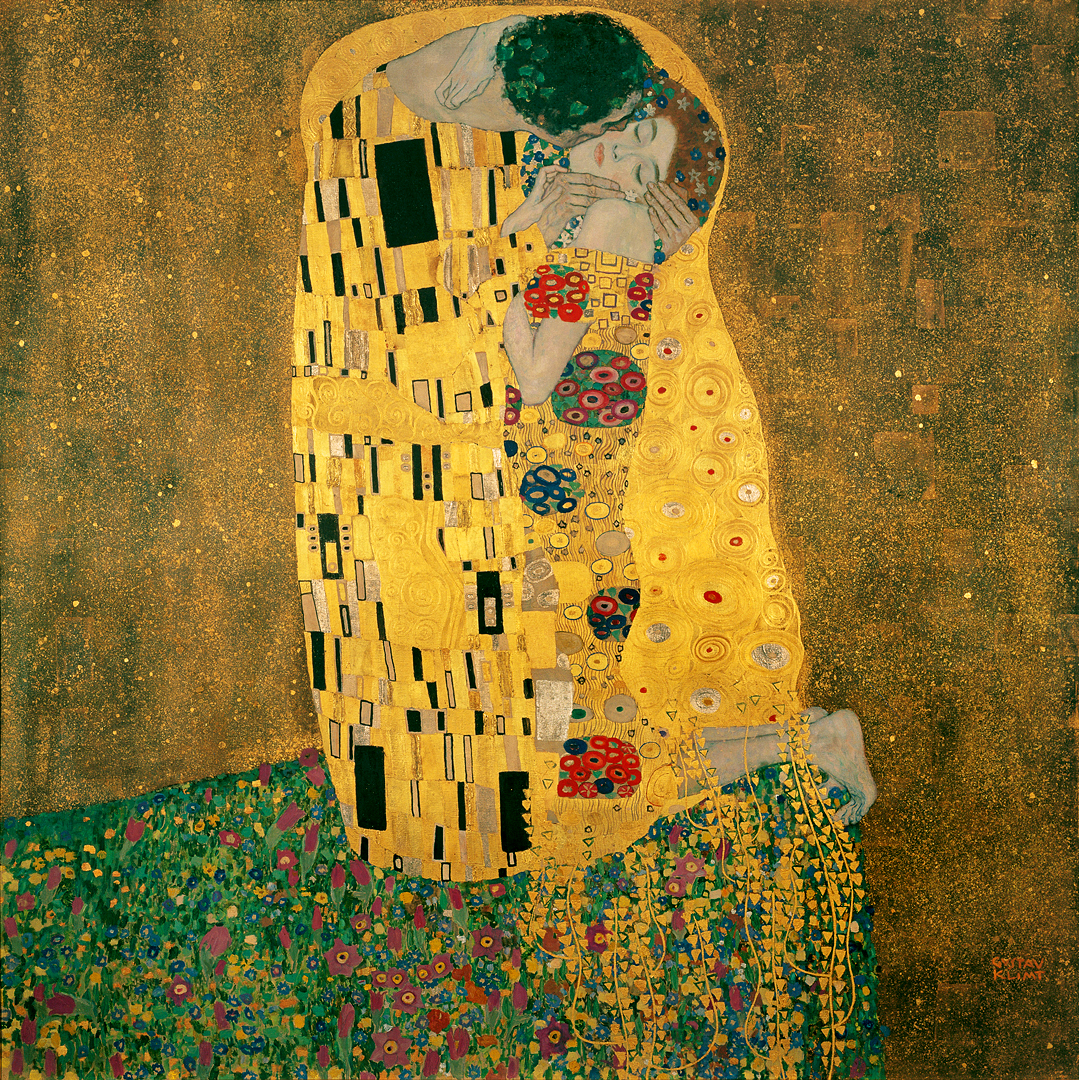











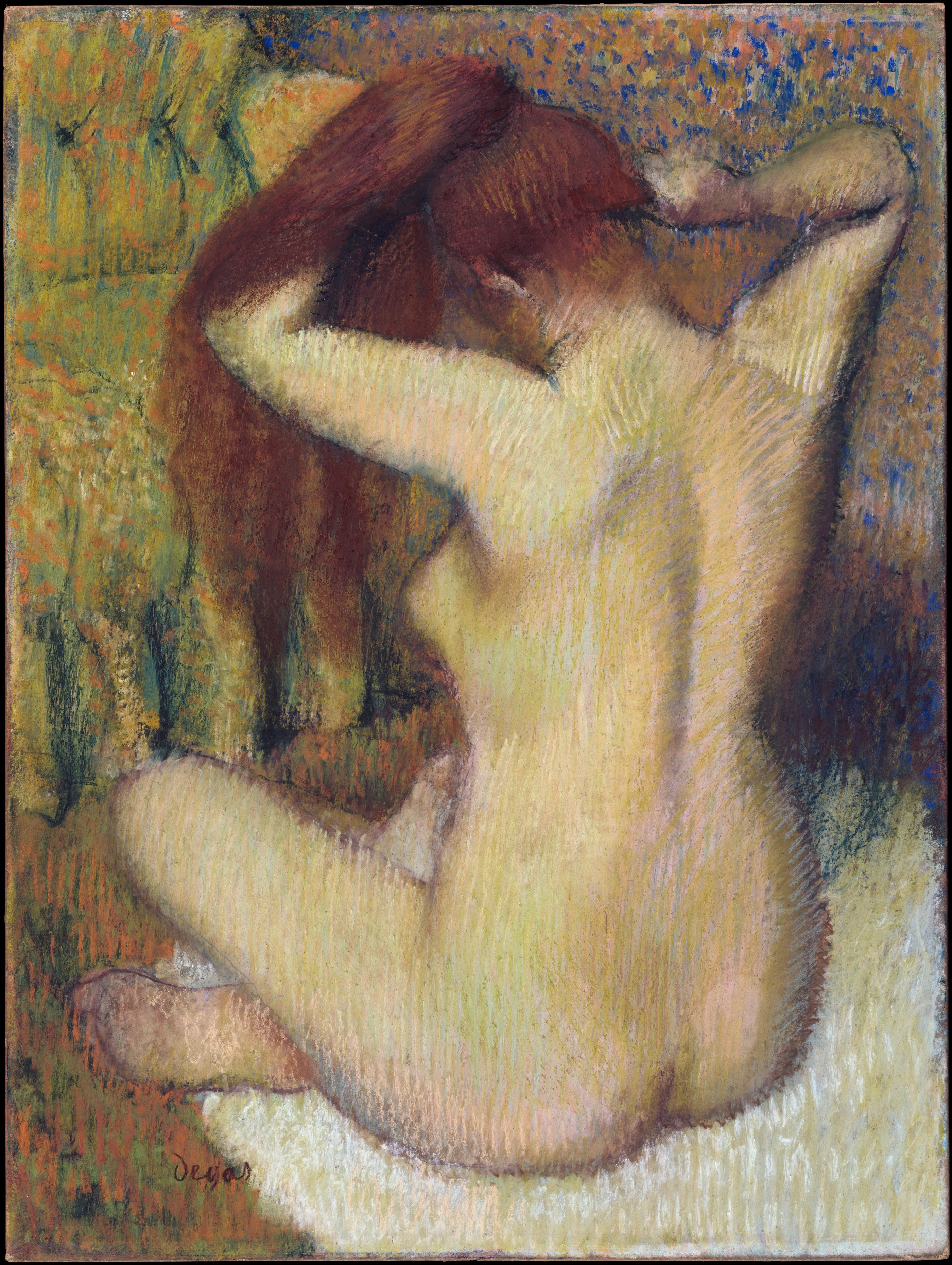

.jpg)





